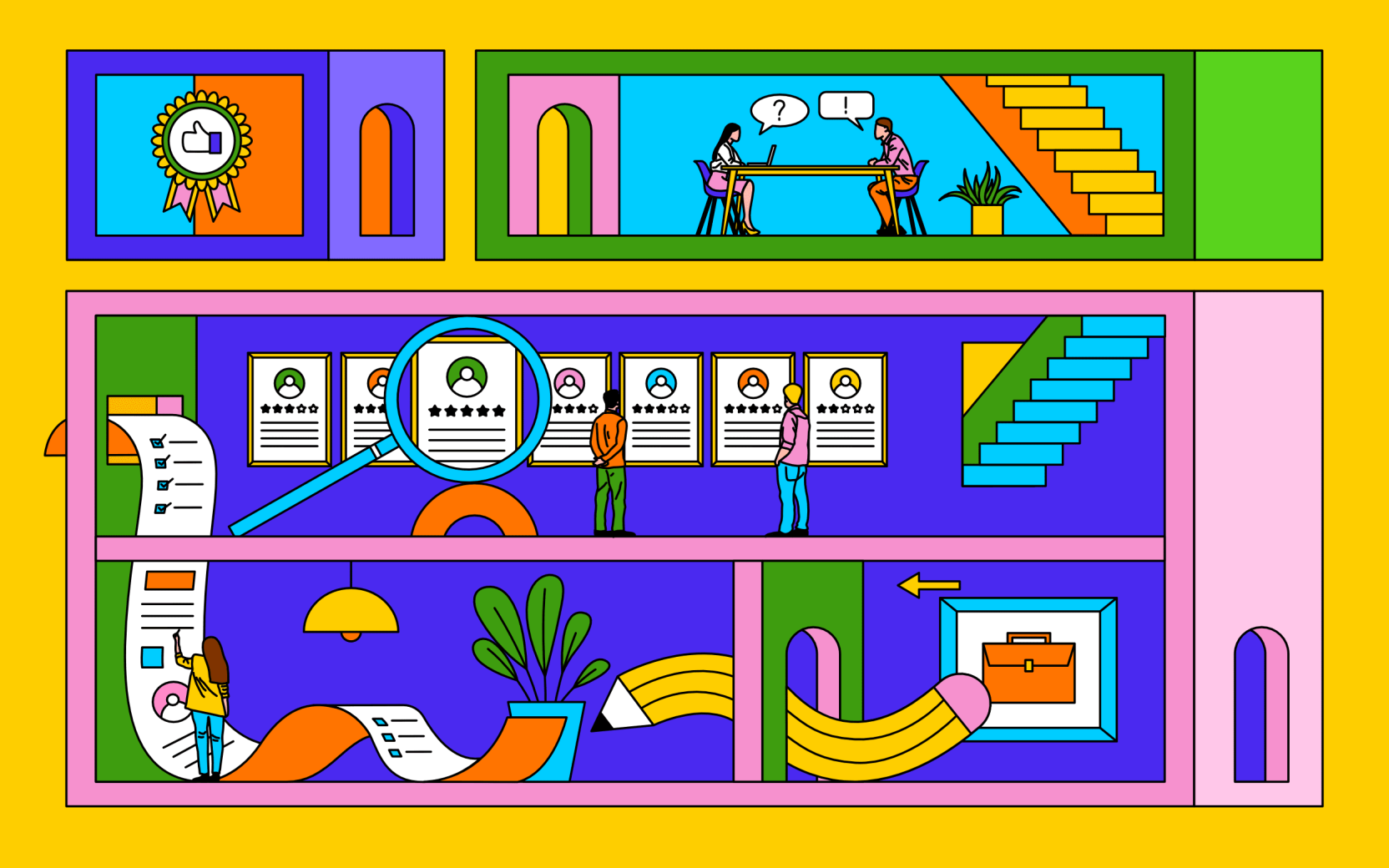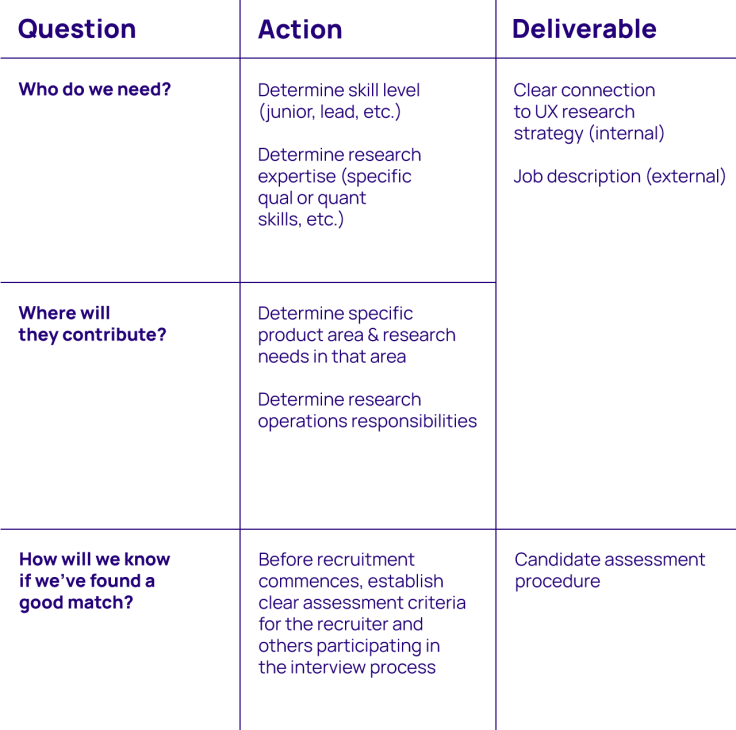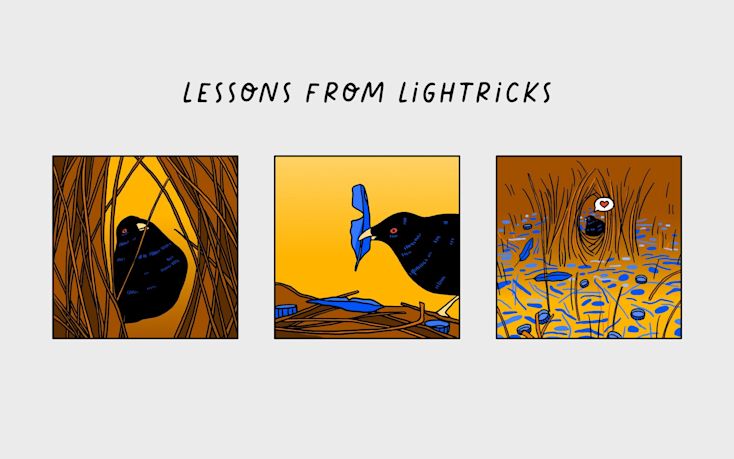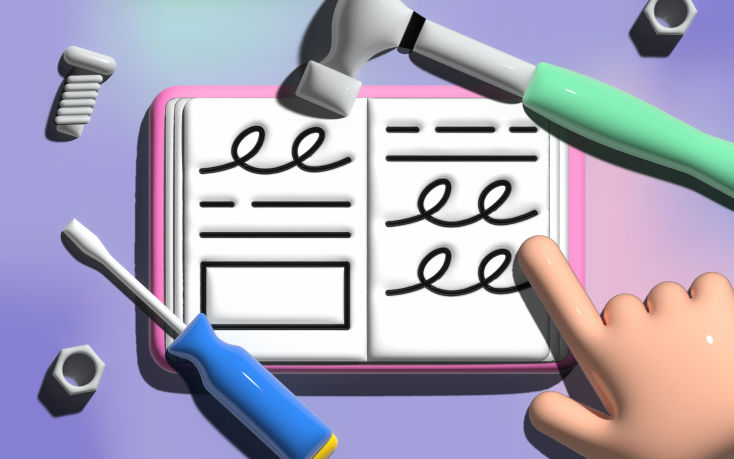JDs and interviewing: How to grow a successful UX research team

Growing a UX research team is a challenging and rewarding endeavor. Acting as a hiring manager is a solemn duty. Candidates will dedicate hours of their time to a recruitment process. At the end of a successful process, you will invite someone to join your organization.
When they come on board, they will devote a large percentage of their waking hours contributing to your team. Further, they will potentially move across the country or even the world to do it, bringing their families, pets, and furniture with them. In essence, they will change their lives for you.
You understand the gravitas of the circumstance, so you’ve prepared well for the process. As I covered last time, you have a UX research vision and a well-thought-out strategy for hiring. You’ve done the work of defining which researchers you need and which profile of researcher you want to attract first. Now it’s time to move onto some practical steps in growing your team: writing the job description and planning your interview process.
Method in Madness has a great article that details job descriptions and interview structure, process, and evaluation. This article takes a slightly different focus: connecting your hiring strategy with your job description and an important relationship to nurture throughout the hiring process.
Craft the role and the expectations
The next step is crafting a meaningful job description. The job description, the one you will push out into the digital world, is the first impression you make on potential candidates.

Ensure the role fits with the vision and strategy
This goes beyond where the researcher will focus or what expertise they will bring to the team. It should be clear to you, and also to your stakeholders, how this person directly connects to your strategy. This benefits not only you, but it also benefits your potential new team member: If they know how their role fits into a broader strategy, and where and how they can grow at your organization, it only increases the likelihood they’ll stick around to develop themselves along with the team.
Be clear about what the role entails. Sharp candidates will quickly pick up on an “impossible to fulfill” role that, for example, involves leading research solo for multiple product teams and also responsibilities for setting up research operations.
Provide as much transparency as you can
State, for example, to whom the researcher will report. You don’t have to give your name, but you could mention your title. Upfront knowledge about reporting lines could be valuable for candidates. How will the researcher be situated within the organization? Do you know if the researcher will be embedded in a particular product team? Are you opening a vacancy for several roles and plan to slot chosen candidates where they fit best? Sharing this information gives candidates a clear idea of the landscape of the team they are considering joining.
Share your genuine enthusiasm for the role
What makes you excited about bringing this new person on board? Think back to your vision and strategy and think of the teamwork necessary to achieve it. Include a few sentences from the heart, ones that demonstrate your excitement for your future colleague and the great addition they will be to the team.
Plan your interview process in collaboration with recruitment
While you’re writing the job description, in tandem you’ll be identifying who will participate in the interview process. Method in Madness’s other article on this topic provides excellent tips about how to structure a UX research interview and how to score candidates fairly, particularly in assessing UX research expertise.
Although it will most likely be your responsibility to craft the job description, hiring never happens in isolation. You will need to collaborate with your candidate’s future stakeholders, keep them up to speed on your hiring procedures, and get their enthusiastic participation in the interviewing process. There is another internal relationship to foster during this period, namely, one with the recruiter.
Unless you work for a company without an internal or external recruitment team, you will most likely be relying on a recruitment specialist to get your new hire vetted and onboarded. Early on, meet and build a good relationship with the recruiter you’ll work with. This relationship is crucial in hiring-heavy times.
One of the first things to cover with your recruiter is to discuss expectations about how the hiring process will proceed. Recruiters are experts on hiring new employees—this is what they do all day, every day. Defer to their expertise: ask them to describe how they usually collaborate with hiring managers. If recruitment is a well-oiled machine, this process could be sufficient as is. However, it could be that you have different preferences about the process, and it’s important to discuss these preferences before the job description is posted and candidates start rolling in.
Beyond clarifying the process as to how you will handle the candidate pool, scheduling interviews, and the like, here are a few aspects to consider with your recruiter:
If the recruiter is assessing cultural fit, what exactly are they looking for?
If the recruiter is assessing role fit, what questions should they ask and what responses are preferable for the role?
Will the recruiter be sourcing candidates for the role? What specific criteria would you like them to search for?
Will the recruiter comprehensively cover all practical aspects in their initial call with the candidate? What are the salary requirements for the role, and what is the recruiter’s approach to asking candidates for their requirements?
You will save a lot of time by ensuring the candidates in the pipeline would be happy to accept the role given the conditions initially presented to them by the recruiter. This isn’t just about salary: It also relates to length of contract, relocation perks, and work from home policies.
The star of the show: the candidate
A final thought: The hiring process is a two-way street. A candidate has applied and is being interviewed for a job you posted, but they are not only there to be chosen. They must also choose you. The interview process is the chance for a candidate to assess you and their potential future stakeholders for a good fit. It doesn’t hurt to emphasize this when you first meet your future teammate. And, it goes without saying: Always, at every stage of the process, leave time for them to ask questions.
Written by Janelle Ward, Principal Consultant, Janelle Ward Insights. Janelle has led UX research at digital product companies, both as a founding lead and as a manager upskilling and growing existing research teams. Janelle has a background in psychology and digital communication and spent a decade as an assistant professor before transitioning to UX research. She writes regularly about career and research topics. Outside of work, her life is a mix of parenting, partnering, reading great fiction (and trying to write it), caring for horses (not hers), and a dog and two cats (hers).

Users report unexpectedly high data usage, especially during streaming sessions.
09:46AM24 Sep, 2024
Users find it hard to navigate from the home page to relevant playlists in the app.
11:32AM9 Mar, 2024
It would be great to have a sleep timer feature, especially for bedtime listening.
15:03PM13 May, 2024
I need better filters to find the songs or artists I’m looking for.
4:46PM15 Feb, 2024Log in or sign up
Get started for free
or
By clicking “Continue with Google / Email” you agree to our User Terms of Service and Privacy Policy



